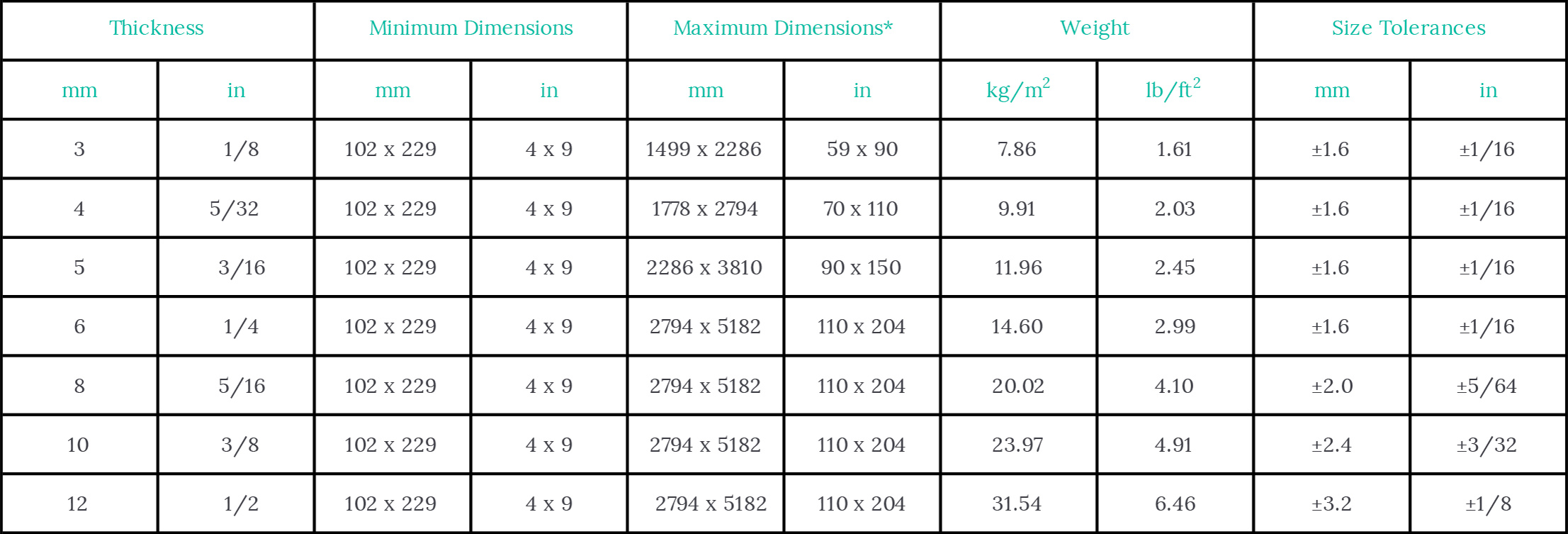Heat-treated Glass
You are interested or you are having questions?
Heat Strengthened Glass
The process of heat-treating used to manufacture heat-strengthened glass involves heating the glass in a high-temperature furnace and then cooling both surfaces with air. The surface compression of heat strengthened glass reaches 3500-7500 psi (25-50 MPa). Heat-strengthened glass cannot be considered as a safety glass.
CHARACTERISTICS
- Its strength is approximately two times that of annealed (non-tempered) glass of the same thickness.
- It offers increased resistance to wind and snow loads as well as high thermal stresses.
- Glass breaks into large, slightly sharp fragments
- When broken the adhesive applied over the surfaces holds the glass together, providing a temporary fix until the pane is replaced
- The glass maintains its colour, its chemical properties and its light transmittance after heat treating
Standards and certifications
ANSI Z97.1 – Safety glazing materials used in buildings,
ASTM C1036 – Flat Glass,
ASTM – C1048 – Heat-treated flat glass,
CPSC 16 CFR- 1201 – Safety Standart for Architectural Glazing Materials
Glass
- Clear, ultraclear, tinted
- Low-e
- Reflective
Applications
- Insulated Glass Units
- Spandrel Glass
Documentation
Consult the tools section for all our documentation.



